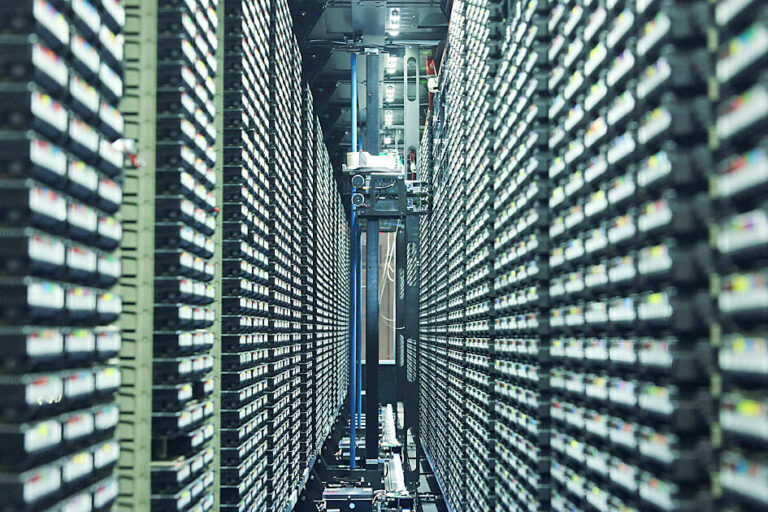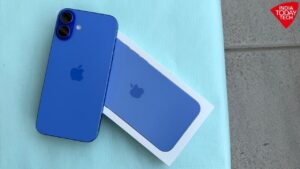Synopsis
Apple is also set to revamp the iPhone’s design language, which has seen only iterative changes in recent years. While the iPhone 15 and 16 Pro models used titanium frames, the company may revert to aluminium for the iPhone 17 series—except for the Air, which could feature a titanium-aluminium hybrid.
Apple is expected to launch the iPhone 17 lineup in September 2025, sticking to its annual upgrade cycle. According to reports and supply chain leaks, the Tim Cook-led company is adding a fourth model to its flagship smartphone series this year.
New model incoming
In addition to the base iPhone 17, 17 Pro, and 17 Pro Max, Apple is tipped to introduce a new variant called iPhone 17 Air—a thinner (around 5.5 mm) and lighter model, possibly with a single rear camera. This could serve as Apple’s answer to a segment of users looking for portability over performance.
Specs and display
All iPhone 17 models, including the Air, are expected to feature 120Hz ProMotion displays.
The screen sizes may range from 6.3 inches for the base model to 6.9 inches for the Pro Max. The Air is rumoured to come with a 6.6-inch display.
Live Events
Apple may expand Always-On Display functionality across the lineup, though this is not confirmed.
Discover the stories of your interest
Blockchain
5 Stories
Cyber-safety
7 Stories
Fintech
9 Stories
E-comm
9 Stories
ML
8 Stories
Edtech
6 Stories
Design refresh
Apple is also set to revamp the iPhone’s design language, which has seen only iterative changes in recent years. While the iPhone 15 and 16 Pro models used titanium frames, the company may revert to aluminium for the iPhone 17 series—except for the Air, which could feature a titanium-aluminium hybrid.
The camera layout is reportedly getting a makeover. Instead of the squircle or vertical pill seen in recent models, the Pro variants may adopt a rectangular bar across the back, while the Air could feature a horizontal pill-shaped module. The iPhone 17 Pro Max might house a smaller Dynamic Island, thanks to new Face ID tech.
Also Read: Apple to open its AI models to developers: Report
AI urgency
The design overhaul comes amid renewed scrutiny of Apple’s position in the AI arms race. Former chief designer Jony Ive, who played a key role in shaping Apple’s product DNA, recently announced a $6.4 billion deal with OpenAI to develop new AI-native hardware, through his startup io.
Apple, which pioneered on-device AI with features like Face ID, Siri, and computational photography, is now under pressure as rivals like Google and Microsoft push ahead with generative AI and large language models. Its “Apple Intelligence” suite—announced for iOS 18, macOS Sequoia, and iPadOS 18—has had a slow rollout, with several key features still pending.
With expectations mounting, the iPhone 17 launch could be a critical moment for Apple to prove it’s not falling behind in the AI era.
How this century-old Tata company is getting ready for the next 100
What pizzas are Indians eating? The clue lies with India’s largest QSR.
Explainer: Why Jensen Huang’s latest Nvidia play will reverberate across AI
How NCLT became tribunal of hope reviving assets worth billions despite resource crunch
Mid-cap companies have posted robust results. But experts don’t want you to invest in them.
How does IndusInd’s ‘fraud’ tag affect its future?
1
2
3












